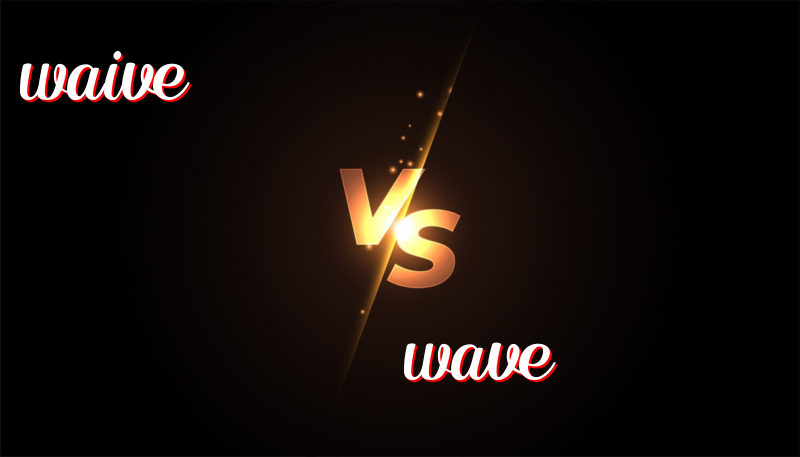Understanding the Difference Between Waive and Wave
Difference Between “Waive” and “Wave”
Sometimes, words sound the same but mean different things. “Waive” and “Wave” are a good example of this. Let’s learn about these words and how to use them.
History of the Words
“Waive” comes from an old English word that means to let go. “Wave” comes from a word that means to move up and down, like the sea.
How to Use “Waive” and “Wave”
Using “Waive”
The word “waive” means to give up something or to not demand something. You might “waive” a right or a rule.
- He decided to waive his rights to the money.
- The teacher will waive the late homework rule this time.
- She chose to waive her membership fee for the event.
- I will waive my turn, so you can go first.
- The company decided to waive the extra charges.
Using “Wave”
The word “wave” means to move your hand back and forth in a friendly way, or a big movement of water, like in the sea.
- I wave to my friend when I see her.
- The sea has big waves during a storm.
- He gave a wave to say goodbye.
- The teacher asked us to wave our hands if we knew the answer.
- The flag waved in the wind.
Trick to Remember the Difference
To remember, think of “waive” as “letting go.” Waiving is like “waving goodbye” to something, but not with your hand. “Wave” involves actual movement, like moving your hand or the sea moving.
Summary
“Waive” is about giving up something, like a right or a rule. “Wave” is about movement, like greeting someone or the movement of the sea. Remembering the meaning can help you choose the right word.

Leave a Reply
You must be logged in to post a comment.